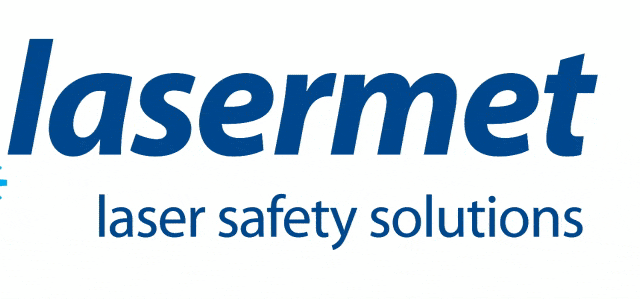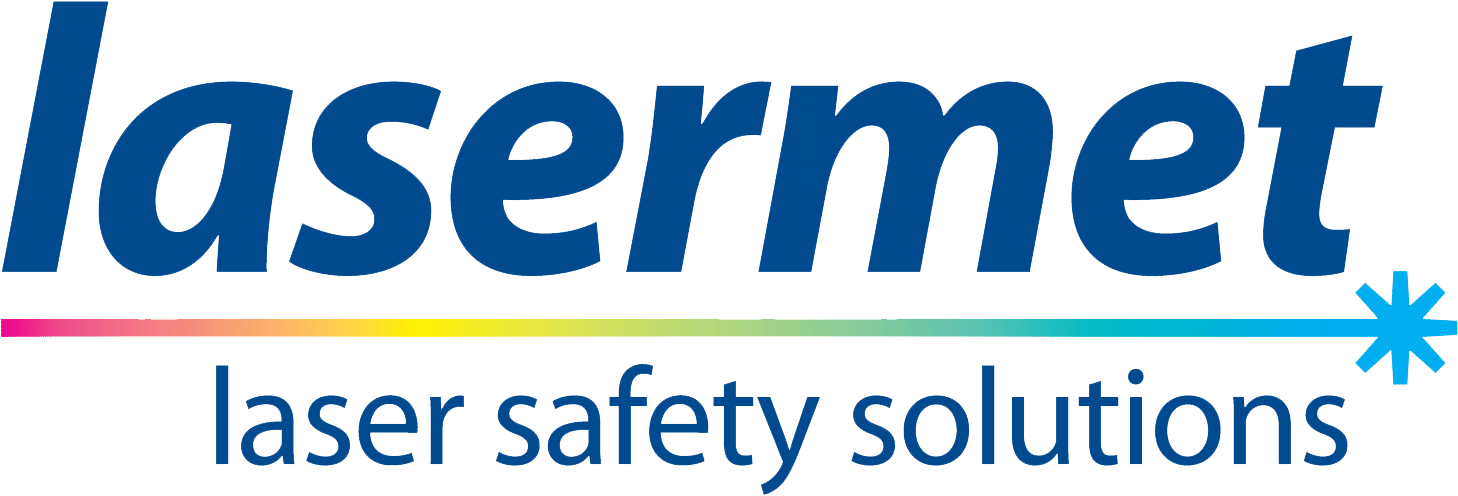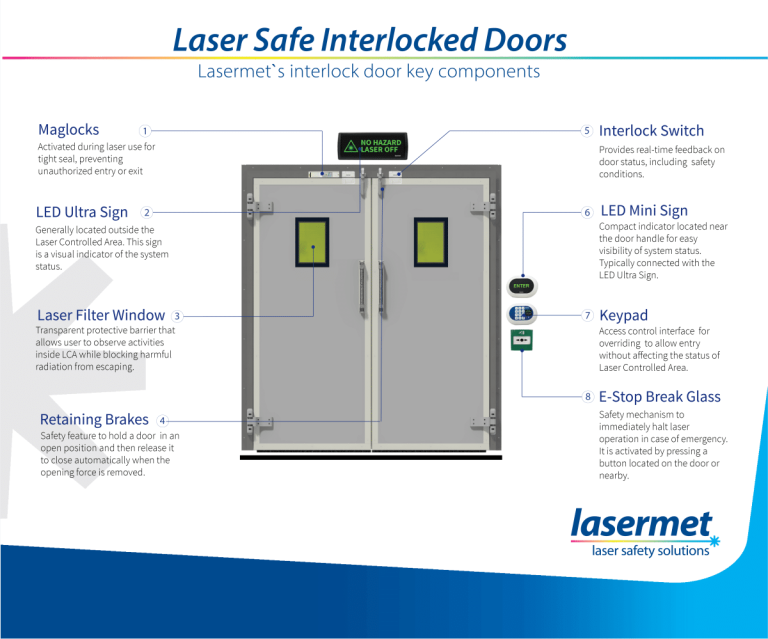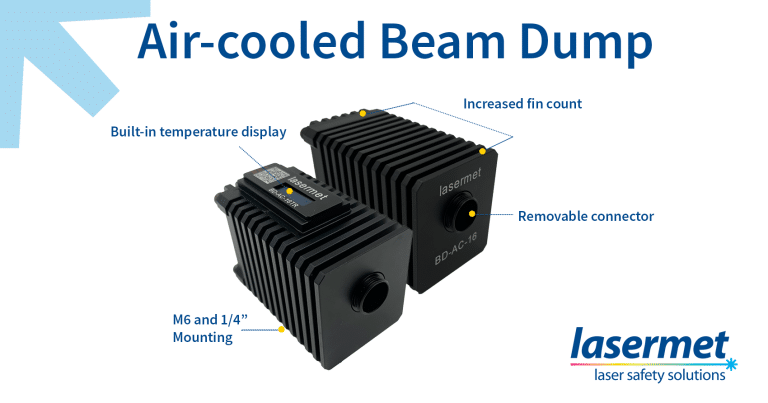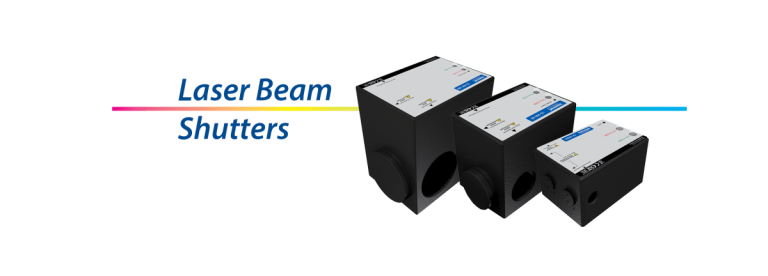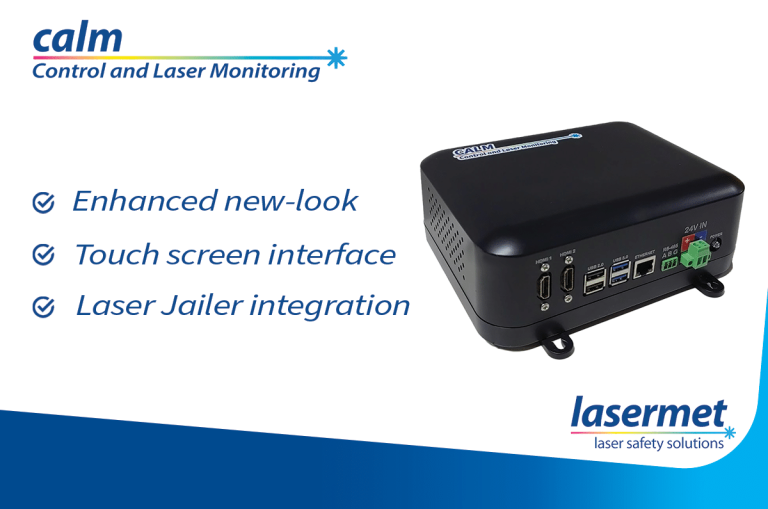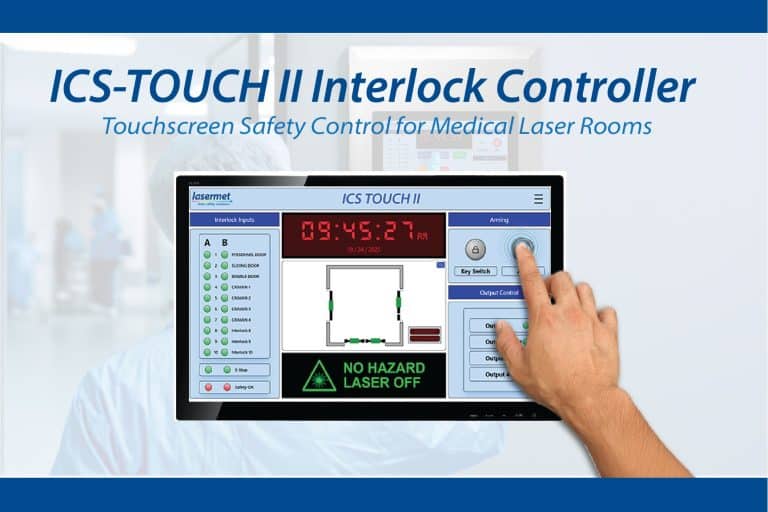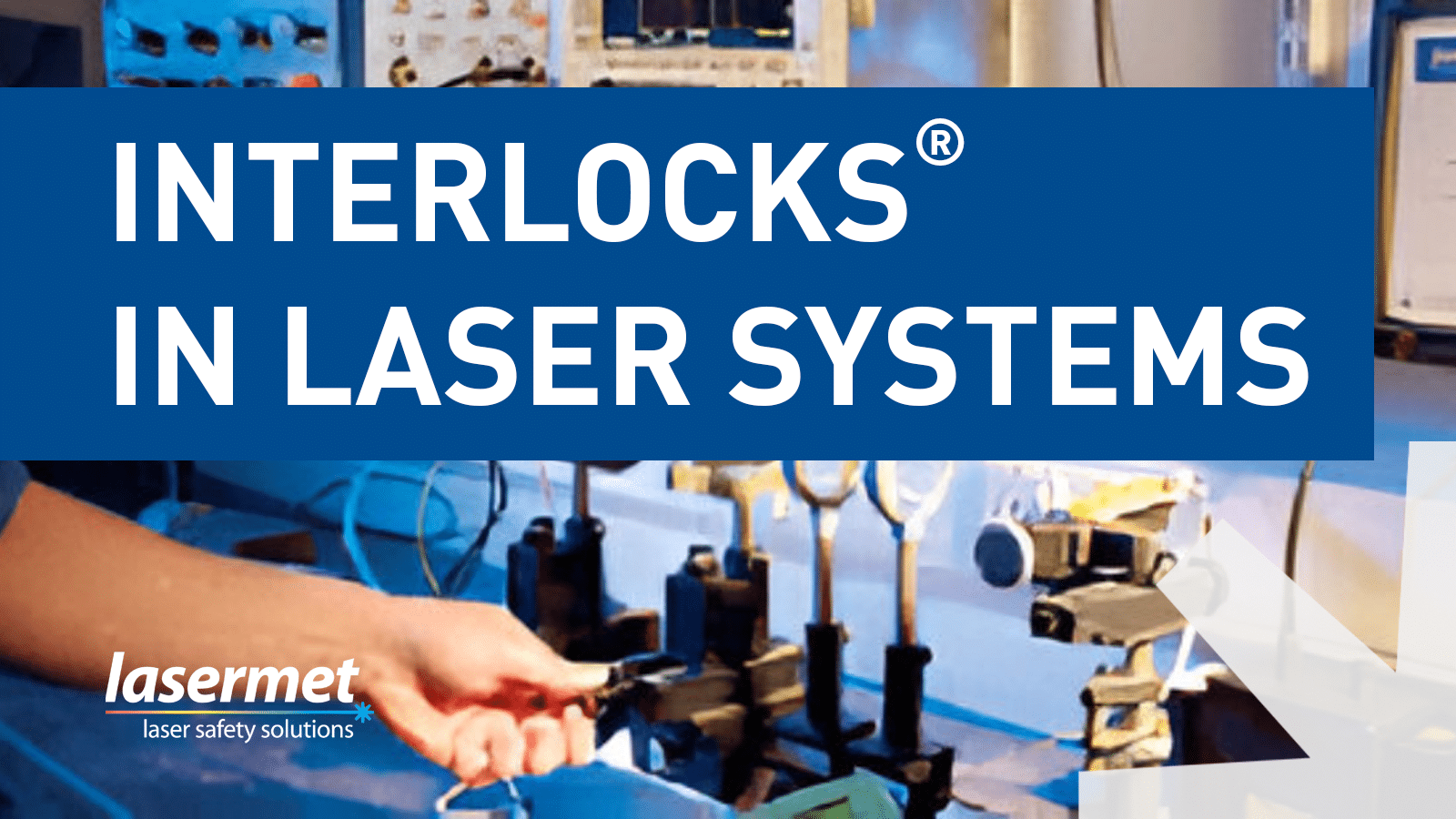
Interlocks have a long history in various sectors, becoming essential for ensuring safety, control, and operational efficiency. What began as basic mechanical systems has evolved into highly sophisticated solutions used across industries, including railway systems, manufacturing, and laser safety. This article delves into the evolution of interlocks for laser systems, highlighting key developments and their importance today.
Laser systems are high-powered machines with the potential to cause significant harm to eyes, skin, or even ignite fires. To mitigate these risks, interlock systems — mechanisms that prevent a laser from firing unless certain safety conditions are met — have evolved alongside laser technology.
1960s–1970s
EARLY BEGINNINGS
The invention of the laser in 1960 marked a significant technological breakthrough, but the early systems were experimental and lacked formal safety protocols. As lasers became more powerful and widespread in research institutions and industry, the need for systematic safety controls became apparent.
By the late 1960s and early 1970s, rudimentary interlocks began appearing. These early systems were primarily mechanical or electromechanical, using door switches or manual key-lock systems to disable laser emission when entry points were open or unauthorized personnel were present. There were no industry-wide safety codes as protection measures were reactive and varied widely between institutions.
1980s
CODIFICATION AND ANSI Z136.1
The 1980s marked the start of a more systematic approach. In 1986, the American National Standards Institute (ANSI) published its first comprehensive standard for laser safety ANSI Z136.1 – Safe Use of Lasers. This set of guidelines introduced formal requirements for interlocks on Class 3B and Class 4 laser systems which are those capable of causing immediate injury.
Key elements introduced or reinforced by ANSI Z136.1 included:
- Fail-safe design: Interlocks should default to a safe state in case of failure.
- Tamper resistance: Users should not be able to easily override the interlock.
- Audible/visual alarms: Warning signals required in conjunction with interlocks.
These standards encouraged widespread adoption of interlocks in commercial and research-grade laser systems.
1987
Lasermet was founded in the UK by Professor Bryan Tozer, chairman of the BSI and European laser safety standards committees and for 20 years head of laser safety in the UK electricity industry.
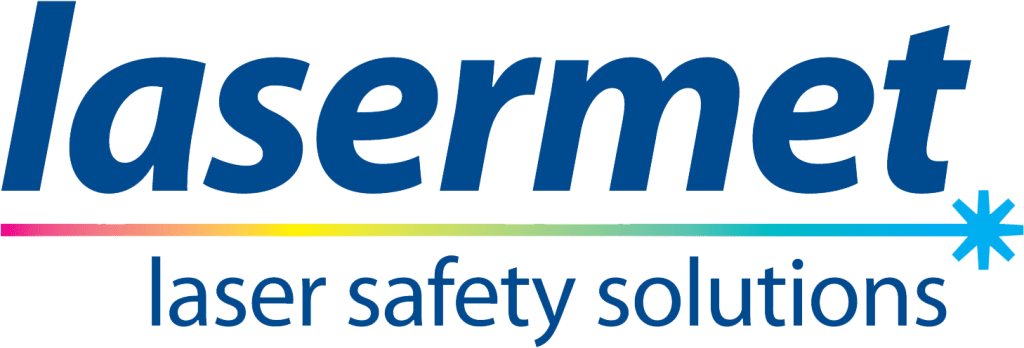
1990s–2000s
INTEGRATION WITH CONTROL SYSTEMS
As computer-controlled systems became prevalent, laser interlocks grew more sophisticated. Interlocks were increasingly integrated with programmable logic controllers (PLCs), allowing complex interlock logic, system diagnostics, and remote control functionality. This was particularly relevant in high-precision manufacturing, medical lasers, and defense applications.
Features that emerged during this period included:
- Interlock loops connecting multiple components such as shutters, power supplies, and door sensors.
- Remote interlocks where the laser controller could verify environmental conditions or personnel presence before enabling emission.
- Redundancy to ensure no single point of failure could lead to unsafe activation.
2000s–Present
LASER SAFETY STANDARDS GO GLOBAL
The harmonisation of global safety standards (IEC 60825, EN 60825 in Europe, and updates to ANSI Z136.1) further shaped the landscape of laser safety interlocks. Manufacturers began designing interlocks not only to comply with ANSI but also with broader ISO/IEC standards.
Today’s laser interlocks are part of a multi-layered safety architecture, typically including:
- Access control (badge or biometric readers)
- Environmental sensors (for smoke, temperature, and light leakage)
- Automatic beam shutters
- Emergency stop buttons
- Software-based lockouts integrated with user permissions
In many of Lasermet’s interlock equipment, the laser will not operate unless all components of the interlock loop are verified in a “closed and secure” state ensuring that operators are not exposed to hazardous beams.
From simple mechanical switches to intelligent safety ecosystems, interlocks have been essential to the safe deployment of laser technology. Their evolution mirrors broader shifts in industrial safety, regulatory oversight, and system integration. As laser systems become more powerful and pervasive, interlocks will remain a cornerstone of operational integrity ensuring that cutting-edge applications never come at the expense of human safety.
DID YOU KNOW?
Lasermet owns the registered trademark for Interlock® in the UK, a powerful marker of industry credibility and innovation, and we’ve held it strong since 2015.
